Mark Segway has a number of different e-mobility products in its portfolio. It offers scooters for children and adults, hoverboards, single-wheel scooters, and even an electric go-kart. Through crowfunding, the company came up with a moped-style e-bike this time - Segway eMoped C80.
On the Indiegogo platform, this product has already exceeded its goal by 2878%, and at the time of writing the article, more than 245 have already been collected. € / 287 thousand USD. This is a very popular product.
The first e-bike in the style of a moped
This is the first electric bicycle, which has the form of a moped, thanks to which the ride on it will definitely be comfortable.
Segway eMoped C80 has thanks 750 W engine maximum speed of up to 20 mph, which is around 32 km/h. The range should be up to 85 km.
Its weight is approximately 55 kg including battery. Displays speed and other information on the LED display. In the front there is a light which, thanks to a light sensor, can adjust the brightness of the environment.
Intelligent RideyGo system
The intelligent system called RideyGo brings several interesting functions such as AirLock system, NFC, Smart Seat and Auto-Lock mode.
AirLock is a feature that makes it easy to unlock an e-bike using a smartphone app (Segway-Ninebot app). All you have to do is have a smartphone with the app with you.
When the eMoped C80 is connected to an application, it can automatically identify the user based on the presence of a smartphone near him.
support NFC it is also a gadget that allows you to quickly unlock this electric moped. Just attach the so-called The NFC tag to the display and the eMoped C80 are immediately unlocked.
The seat is equipped with intelligent sensors (Smart Seat) which, when they detect that the user has risen from the seat, lock the handlebars within 3 seconds (Auto-Lock). With this function, you can also unlock the eMoped - just sit on it.
Thanks to these mechanisms, the eMoped will not move after adding gas if no one is sitting on it.
Battery and Auto Cruise function
The Segway eMoped C80 is equipped 1152 Wh battery with a capacity of 24 Ah, which will ensure a range of up to 85 km. The battery itself weighs 5.5 kg and is located under the seat, from where you can easily remove it.
Like electric scooters, this eMoped has a cruise control feature that will maintain a constant speed instead of you - a feature Car Cruise.
Theft protection systems
Thanks to support GPS a LBS you can keep track of where the eMoped is. A lesser known abbreviation, LBS, is a positioning system based on telecom operators' transmitters. It determines the position according to the distance from the nearest transmitter.

If the locked eMoped starts to move, it will send a notification to your smartphone. In addition, such a movement triggers an alarm and the LED bars on the handlebars flash. After 3-4 seconds, the wheels even lock, which prevents further movement.
Brakes and suspension
Segway eMoped C80 is equipped with two brakes - front disc and rear drum brake with EABS (Electric Absorption Braking System) function.
At the front you will find a fork with shock absorbers and in the middle part a spring shock absorber, thanks to which the ride will be very comfortable.


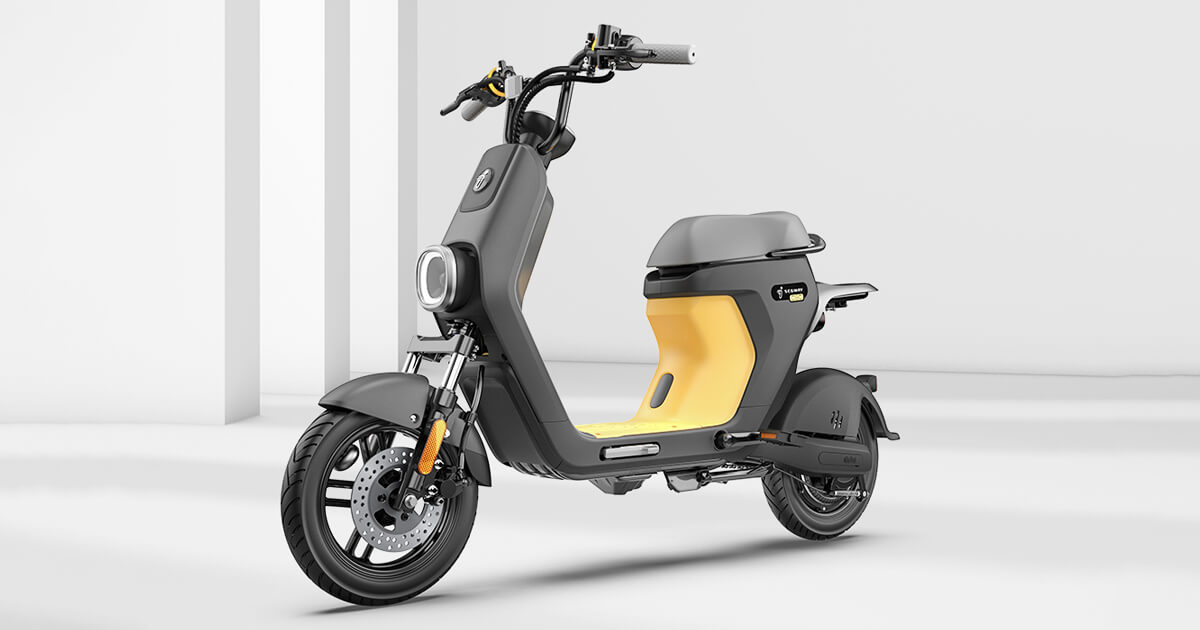
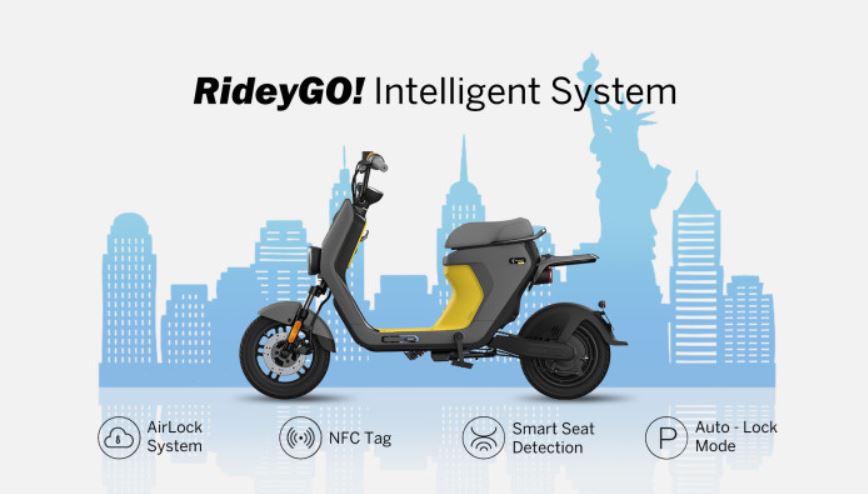
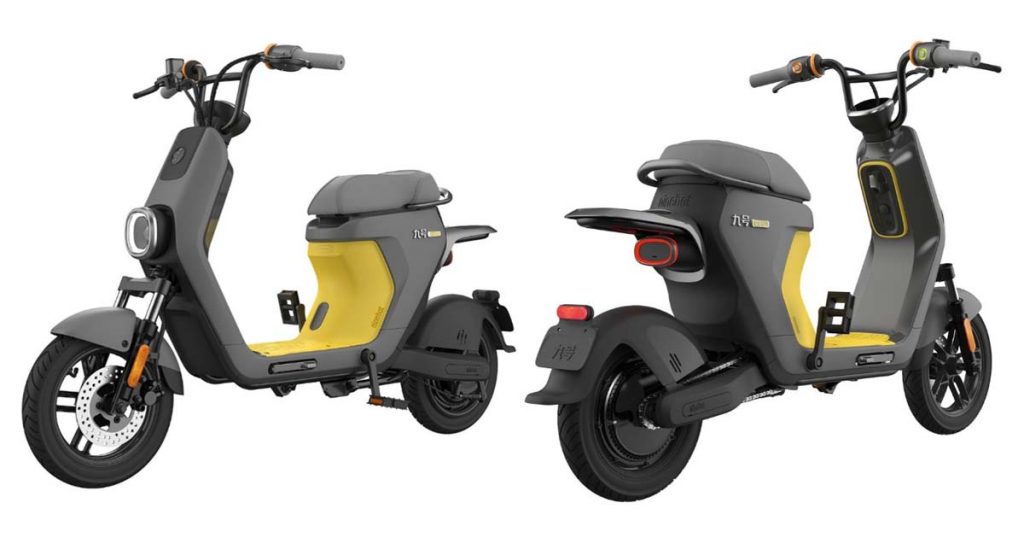





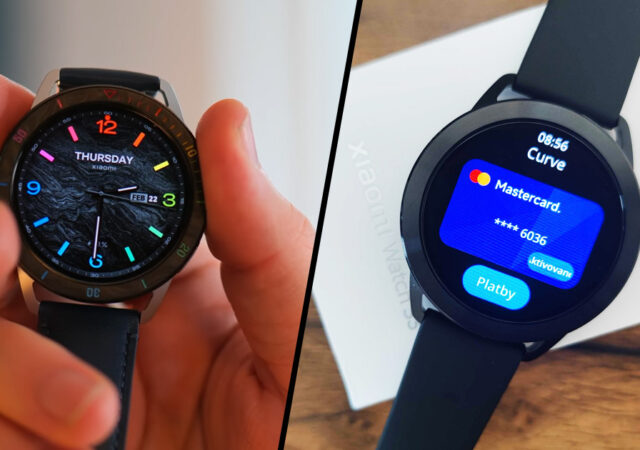

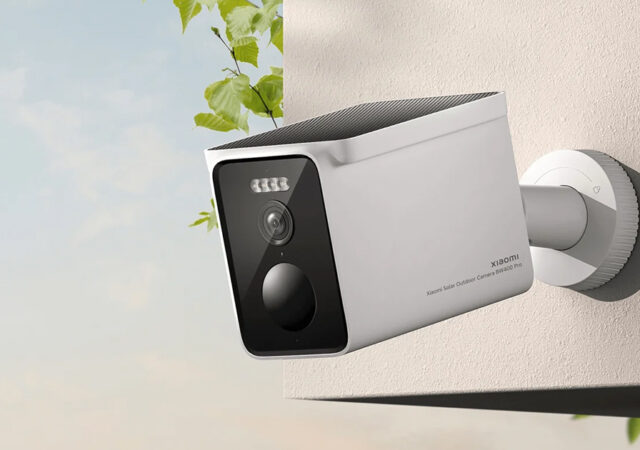
Ah (generally sucin amperes and units of time) NO, I repeat NO unit of capacity, but after changing to small SI basic units we suddenly find out that we assemble the unit el. charge !!! There rules the coulomb. Yes we see well !!!
1 Ah = 3600 C (coulombs) !!!
Dear and loved one single e. capacity is a farad!!! And related to electricity. voltage, not current. Yes, among ordinary people, we have seen the wording "capacity" of a battery or accumulator for years, meaning ENERGY CONTENT (in terms of weight or volume). That is, HOW MUCH ENERGY IS THERE. Well, the unit of energy (once converted into small SI base units) is, for example, Wh or kWh.
1 Wh = 3600 J (joules) !!!
Determining the energy content of the battery only by stating it in Ah is absolutely incorrect and totally sick, because Ah is NOT a unit of energy. We have a V (volt) error. And when we calculate the volt, we get a unit of energy. For example 20 Ah at 24 V is something different than 20 Ah at 400 V. The first hides 480 Wh of energy, the second is 8000 Wh. Unfortunately, in the case of ordinary batteries, masses of mAh (milliamperhours) have been massaged for many years only because some types of batteries have "their own" negligible voltage. e.g. rechargeable AA/AAA monocells 1,2V; non-rechargeable 1,5V; li-ion monocells (18650/21700....) or mobile batteries 3,6/3,7V and USB after the old 5V. However, without knowledge of Napatia, or mixing and comparing values in mAh/Ah at different voltages leads to those naive mistakes of the power bank type (5V) vs. mobile phone (3,6V).
Indication of the energy content of the battery in e-cars is in Wh / kWh which is great: this is the energy content = how much energy is hidden in the battery, because no one knows whether the e-car uses 300V-350V-400V-500V or how much volt system to the energy content from the counterproductive data in Ah could be calculated.
However, the power bank's 10 mAh is theoretically equivalent to about 000 mobile mAh at total zero losses in high-voltage conversions (well, because no one cares about mobile phones and power banks count their mAh at different voltages), actually due to losses at conversion of about 7200 mobile mAh. mAh… they are just 6600/2… and everyone then wonders like an idiot.
On the other hand, if we see the data 1152 Wh and 24 Ah for the battery, we can immediately calculate the voltage of the battery 48 V by primitive division. On the other hand, this is excess/redundant data, what is important is the energetic content, or if we primitively want the energetic "capacity" 1152 Wh. With which combination of voltage and current is it more important, whether with 24Ah.48V or 36Ah.32V or 16Ah.72V ... it really doesn't matter.
Even with Tesla with its amazing 100 kWh battery and amazing range of 500 km, no one cares if it's like 250Ah.400V or 200Ah.500V or 400Ah.250V or 125Ah.800V… A combination of currents and voltages that achieve the energy content of 100 kWh Tesla battery does not really (probably almost) appear anywhere. This does not apply to li-lion monolclanky, where I write everything nicely, but unnecessarily - since the nominal tension is clear (conventionally read and known), e.g. https://bit.ly/3nc5nMh: 3,5 Ah at a nominal 3,6V can give nothing but an energy content of 12,6 Wh.
Excellent summary!!! This is the way to move the company forward... thanks